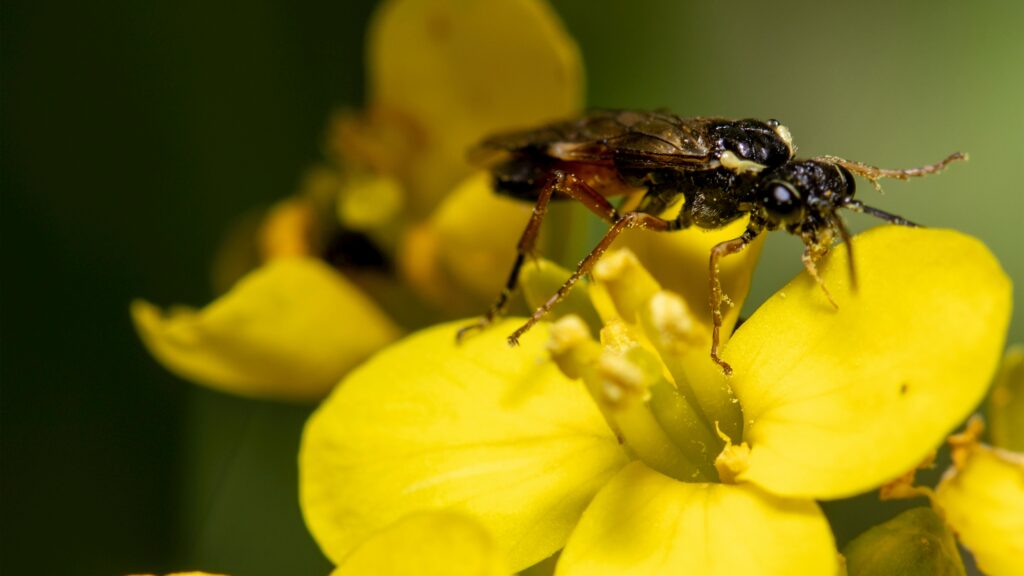Cleaning the leaves of your indoor plants is important for maintaining their health and appearance. Dust and grime can accumulate on the leaves, blocking sunlight and hindering the plant’s ability to photosynthesize. Here’s how you can clean the leaves effectively.
Gently Dust the Leaves
Start by gently removing any loose dust or dirt from the leaves. You can use a soft brush, feather duster, or a microfiber cloth. For larger, sturdy leaves, you can also use a soft, dry cloth to gently wipe the surface. Always support the leaf with one hand while cleaning it to avoid damaging the plant.
Wipe with a Damp Cloth
For leaves that need more thorough cleaning, use a damp cloth. Moisten a soft cloth or sponge with lukewarm water and gently wipe both sides of each leaf. Avoid using cold water, as it can shock the plant. Make sure the cloth is not too wet; it should be just damp enough to pick up dust and grime.
Shower or Rinse the Plants
If your plant has many small leaves or if wiping each leaf individually is impractical, you can rinse the entire plant. Place the plant in a sink, bathtub, or shower and use lukewarm water to gently wash off the dust. Be sure to use a gentle spray to avoid damaging the leaves or disturbing the soil. Allow the plant to drain thoroughly after rinsing to prevent water from pooling in the pot.
Use a Mild Soap Solution (if needed)
For particularly dirty leaves or if you suspect pests, you can use a mild soap solution. Mix a few drops of dish soap or insecticidal soap in a bowl of lukewarm water. Dip a cloth or sponge into the solution and gently wipe the leaves. Afterward, rinse the leaves with clean water to remove any soap residue, as it can cause leaf damage if left on.
Cleaning Hairy or Fuzzy Leaves
Plants with hairy or fuzzy leaves, like African violets, should not be wiped or washed under running water, as this can damage the delicate texture. Instead, use a soft brush, like a small paintbrush or makeup brush, to gently remove dust and debris from the leaves.
Polishing the Leaves
For a shiny appearance, you can use natural leaf polishes, like a mixture of water and a few drops of lemon juice or a tiny bit of milk. However, be cautious with leaf polishes, as they can sometimes clog the pores (stomata) on the leaves, hindering the plant’s ability to breathe. It’s generally best to keep leaf cleaning simple and avoid commercial leaf shine products, which can leave a residue.
Regular Maintenance
To keep your plants looking their best, incorporate leaf cleaning into your regular plant care routine. Depending on how quickly dust accumulates in your home, this might be done every couple of weeks or once a month. Regular cleaning not only keeps your plants healthy but also gives you an opportunity to check for pests or other issues.
By keeping the leaves clean, you help your indoor plants absorb more light, improve air circulation, and stay free from pests, contributing to their overall health and vitality.
















